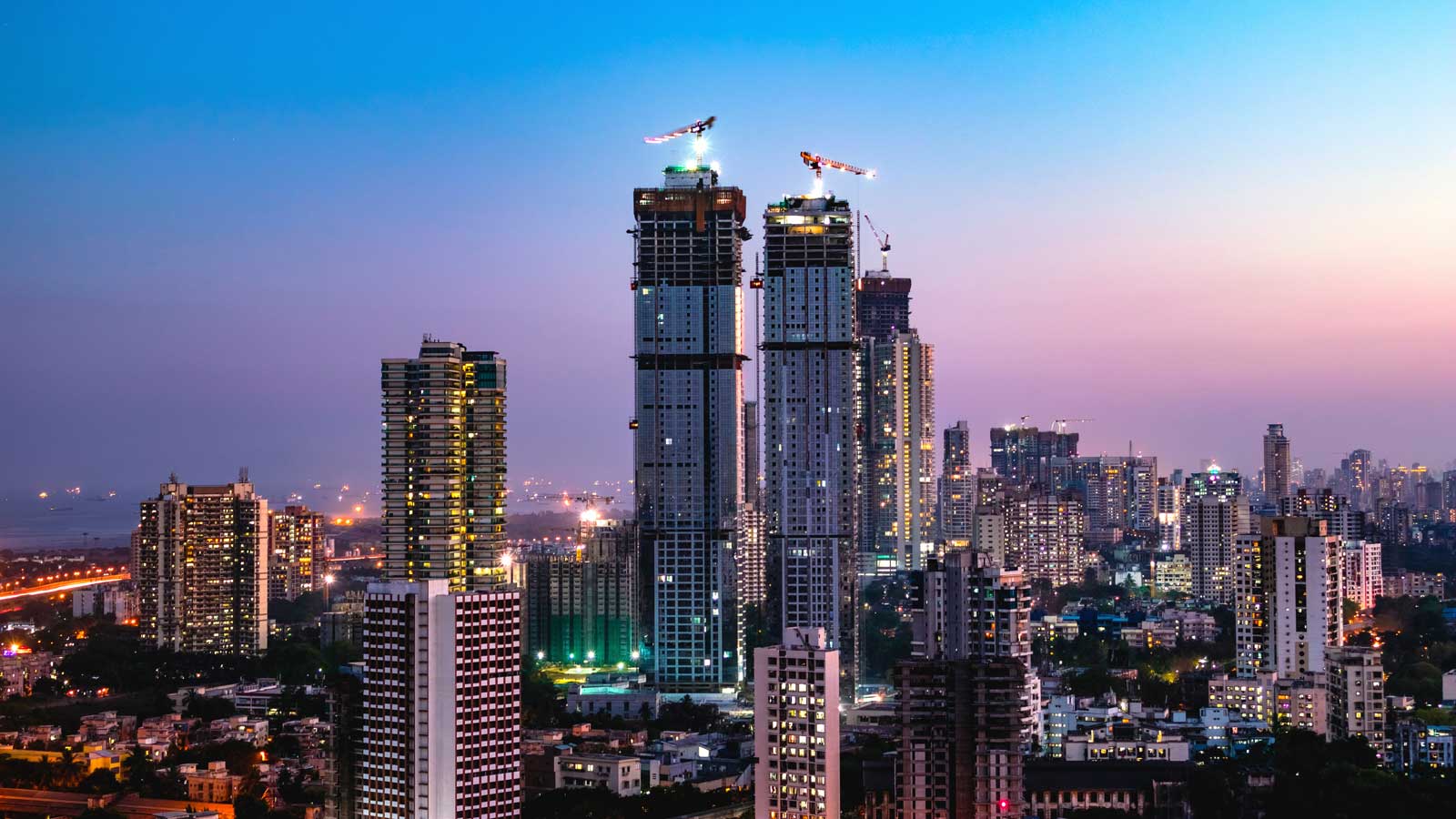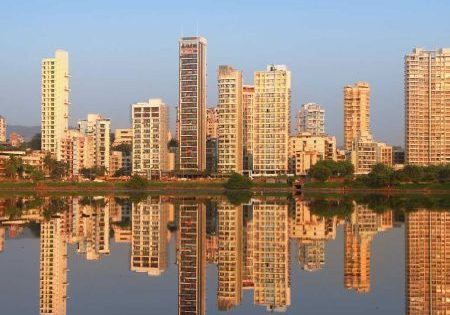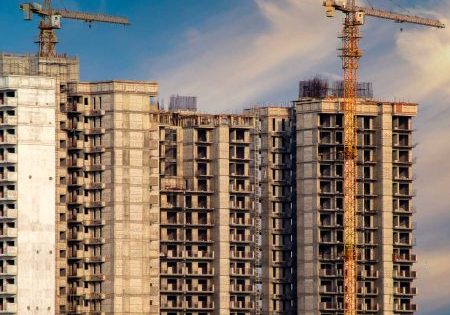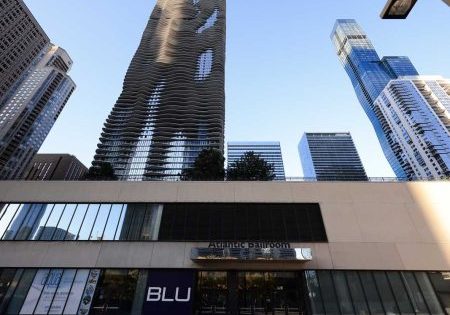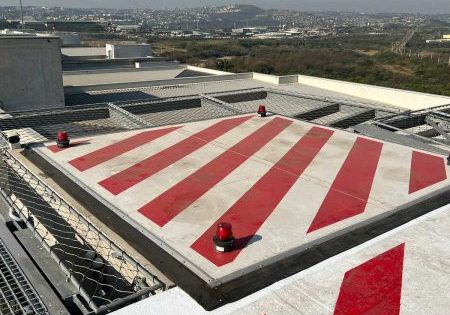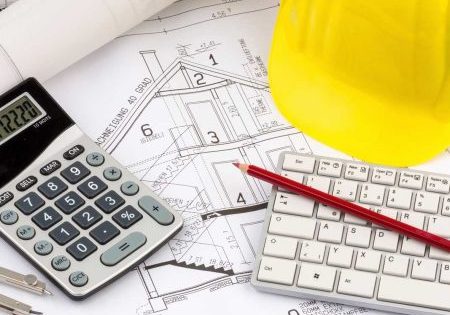Amit Gossain (AG), managing director (MD), KONE Elevators — India and South Asia, shares insights with your author (SSP) on the need for a Common Lift Act (CLA) in India.
SSP: Why is ensuring a CLA in India so important?
AG: India is one of the fastest-growing economies in the world, driven by rapid urbanization. The country’s economic activity is mostly driven by real estate development. Vertical-transportation systems are a crucial element in the efficient operation of these buildings and for the experience and comfort of building occupants. Moreover, today, elevators are not restricted to only high-rise buildings; even a two-story building is fitted with elevators. So, from being considered as a luxury item, lifts are now an integral part of any building.
High-rise buildings have increased to fulfill housing demands. With the increased and modern outlook of mankind, the latest generation of elevators not only meets the basic objective of People Flow in buildings but also offer aesthetics, a safe working mechanism and other special features to meet the expectations of urban users.
Safety of such equipment has been felt much earlier in our country. This is evident by the enactment of the Bombay Lift Act as early as 1939, wherein the safety requirement of the elevator to be adopted and the procedures for installation were clearly defined. With the construction of multi-story buildings across various states consequent to the economic development of the country, the need for such regulation arose.
SSP: Which other countries have similar regulations?
AG: Globally, countries have adopted standards that regulate lifts to ensure passenger safety, and they differ by countries and regions. For instance, CEN, the European Committee for Standardization, brings together local standardization bodies into a Europe-wide consistent standard. Presently, all members of CEN accept and use the EN 81 series of standards. The U.S. has adopted the A17 elevator safety code series, which, since 2000, has been harmonized with Canada’s CSA B44 safety code. The International Organization for Standardization (ISO) has developed the ISO-8100 series. These are principally adoptions and adaptations of the EN 81 series. ISO standards are mostly being adopted in a series of regions outside of the countries mentioned above, including India and countries in South America. And in these cases, the preference is to use an international standard not associated with a specific country or region.
SSP: What difference will a CLA make in India?
AG: The harmonization of state lift rules and Indian standards for lifts as a single code will greatly help to maintain a single product safety level throughout India and enable effective implementation of lift rules, paving the way for introduction of new technology to improve product safety and passenger safety.
SSP: Will the CLA make it a level playing field to those importing equipment in India?
AG: Certainly. Interiors and aesthetics are very heavily influenced by elevator industry regulatory codes. These include how the car will be conceptualized and designed or which components should be used for the car’s interiors.
SSP: Do you see the top five OEMs in India supporting the introduction of a CLA?
AG: Given the relevance of vertical mobility in today’s urban environment, there is a rising concern regarding safety and regulations for installing elevators, which calls for the Lift Regulation Act to be made mandatory. At KONE, we have global policies, processes and guidelines in place to ensure our business activities, including subcontractor operations, are organized and conducted in a structured and globally harmonized way. Therefore, safety and quality are of prime importance for KONE and are being followed stringently. Over time, the organized players in the industry have strictly adhered to the conditions prescribed in the codes to help ensure the safety of their products, and also to ensure that equipment is maintained and inspected according to the respective codes.
SSP: Why has a CLA not been introduced in India so far, and which key hurdles need to be surmounted?
AG: Every state’s Lift Act defines the procedures, fee structure and timelines for obtaining permissions for installations of lifts and escalators within that state. There are guidelines given for obtaining licenses for existing buildings, as well. One has to refer to a specific state’s Lift Act/rules for the exact procedure. Applicability of safety codes across India is the primary challenge being faced by the industry.
SSP: Who do you think should spearhead this kind of initiative?
AG:It’s time that the government creates uniform guidelines for safety norms to be followed by elevator and escalator manufacturers. Global companies and many Indian companies follow strict safety norms, as per the guidelines from implementation agencies of government.
Along with the law, even residents/users should be aware of their own safety. When it comes to safety, even little things matter. Everyone who uses an elevator or escalator needs to be conscious and alert of their own behavior — for example, making sure children’s hands are held when riding an escalator and not blocking elevator doors when they are closing. An elevator emergency automatic rescue device (also known as ARD) is a special device installed in an elevator that will enable the elevator to safely reach the adjacent floor in the event of a power failure or blackout in a building. An elevator emergency landing device is useful for preventing passengers from becoming trapped inside an elevator during a power failure.
Applicability of safety codes across India is the primary challenge being faced by the industry.
— Amit Gossain, MD, KONE Elevators India
KONE develops and manufactures elevators and escalators to have maximized passenger safety, enable easy inspection and ensure safe operations at all times. KONE ensures that its safety policies are clearly communicated to employees and sub-contractors to preclude deviations in any process. Risk assessment and regular safety audits are done at every stage. Reinforcing its focus on safety, KONE does not provide collapsible gates, reinforcing its philosophy of safe elevators.
SSP: What key aspects should be covered in a CLA for India?
AG: The construction, maintenance and safe working of lifts are regulated by the Lift Acts and Rules made in certain states. In addition, Indian Standards (IS) have been prescribed for elevators defining the types, recommended dimensions, technical specifications and method of testing. The IS also prescribe the code of practice for installation, operation and maintenance of passenger, goods and service lifts. The safety of lifts is also covered under the above regulations. While IS are applicable for installations across the country, Lift Acts are specific to the states where acts have been enacted.
Amit Gossain, MD, KONE Elevators India
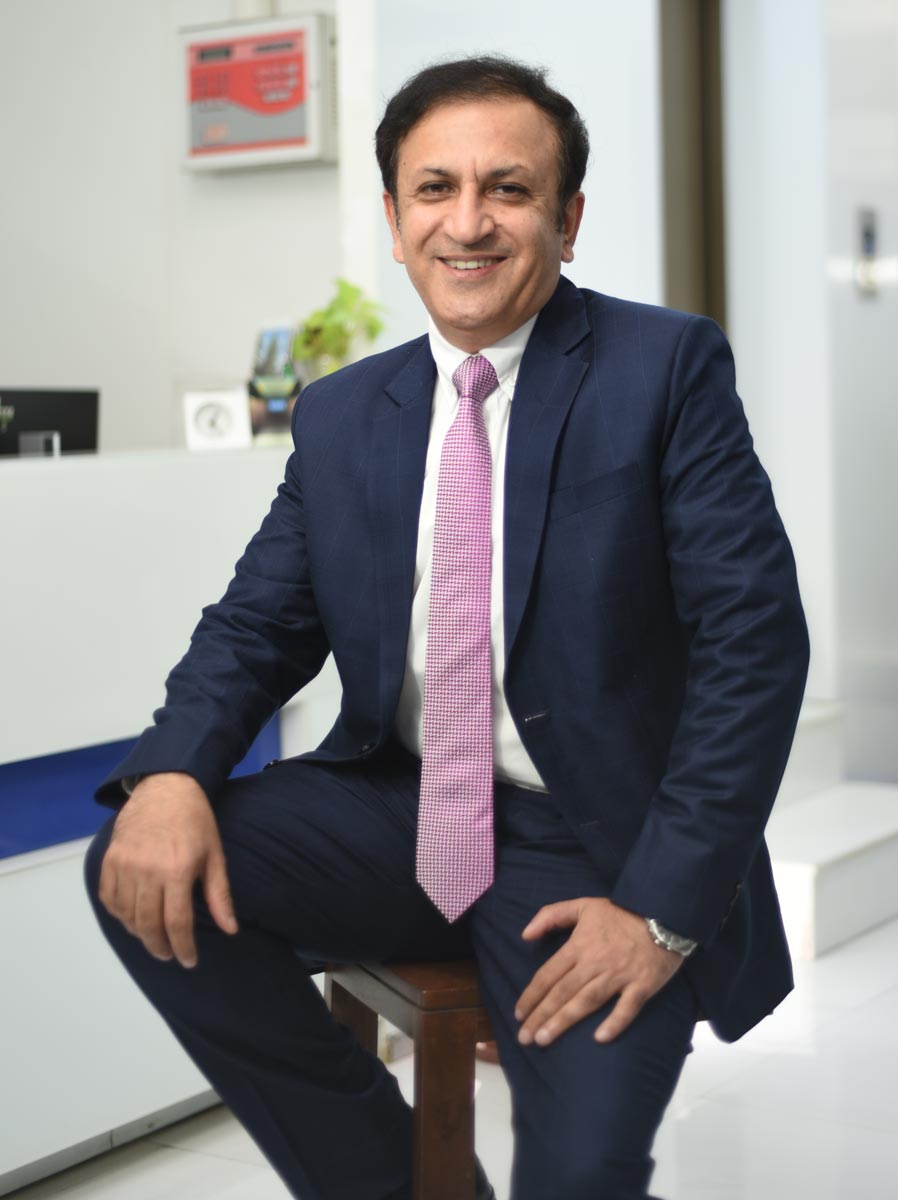
An industrial and production engineer with a master’s in management and systems from Indian Institute of Technology (IIT) – Delhi, Amit joined KONE India as MD in 2015. Prior to KONE, he was executive vice president for JCB India Ltd. with responsibilities for sales, marketing, business development, product management and corporate affairs for India and South Asia. Gossain worked with JCB for a decade, and under his leadership, JCB was recognized among India’s most impactful brands twice.
Gossain has worked in both India and overseas. After working with L&T Earth Moving and Construction Equipment’s division in India, he worked for nearly 10 years in Sydney, Australia, with CNH Global, one of the world leaders in agricultural and construction equipment. He worked in various leadership roles, with his final assignment as head of Sales and Marketing Construction Equipment Group for the Asia Pacific, which included Australia, New Zealand, Oceania and Southeast Asia, before moving back to India to join JCB in 2005.
He is currently the co-chair of the CII National Committee on Real Estate & Housing and past chairman of the Urban Development and Smart Cities Committee, as well as past chairman of the Solid Waste Management Committee for CII. He represents IEEMA as Chairman for the Elevators & Escalators Division. Gossain was president of the Indian Construction Equipment Manufacturers Association, chairman of the Solid Waste Management Committee for CII and past chairman of the Finland Chamber of Commerce in India.
Get more of Elevator World. Sign up for our free e-newsletter.
